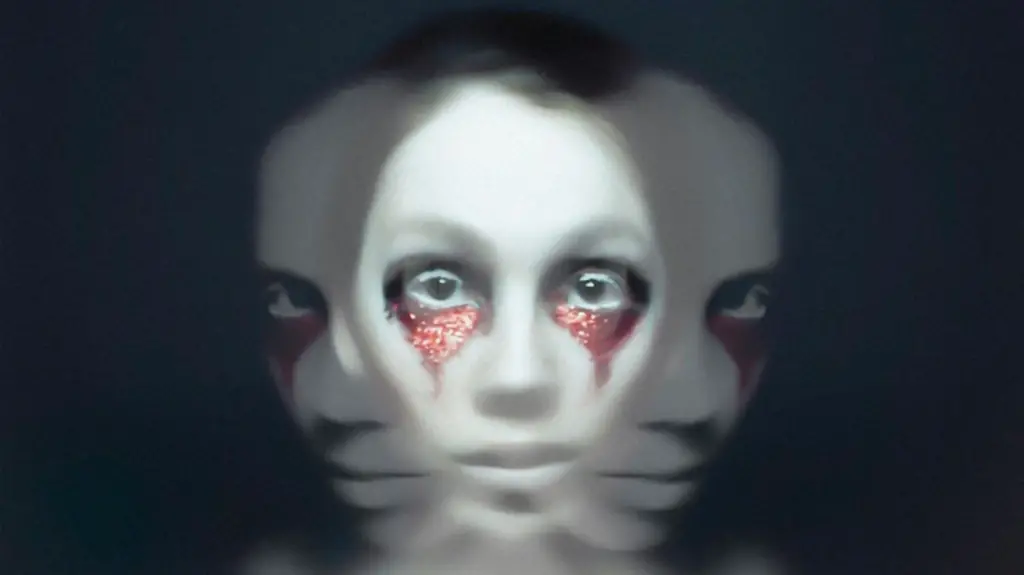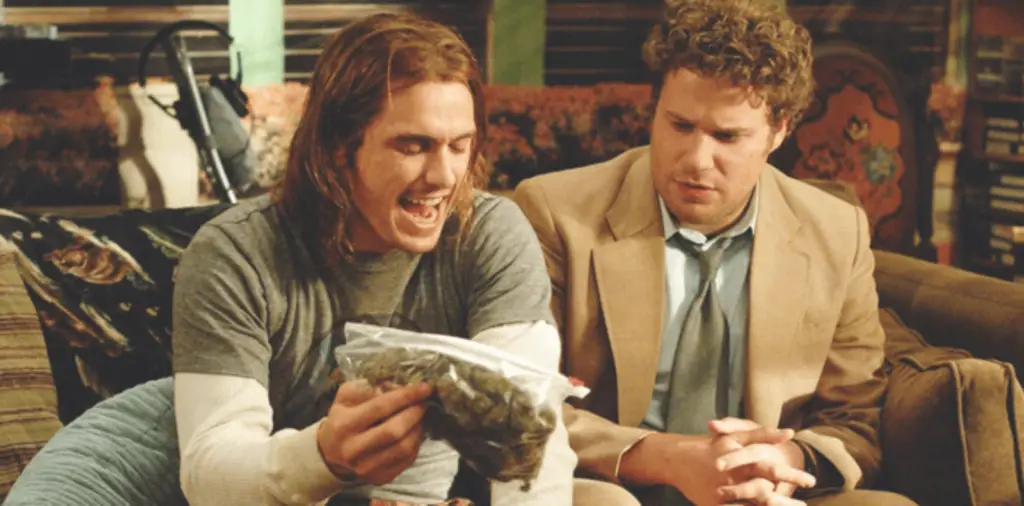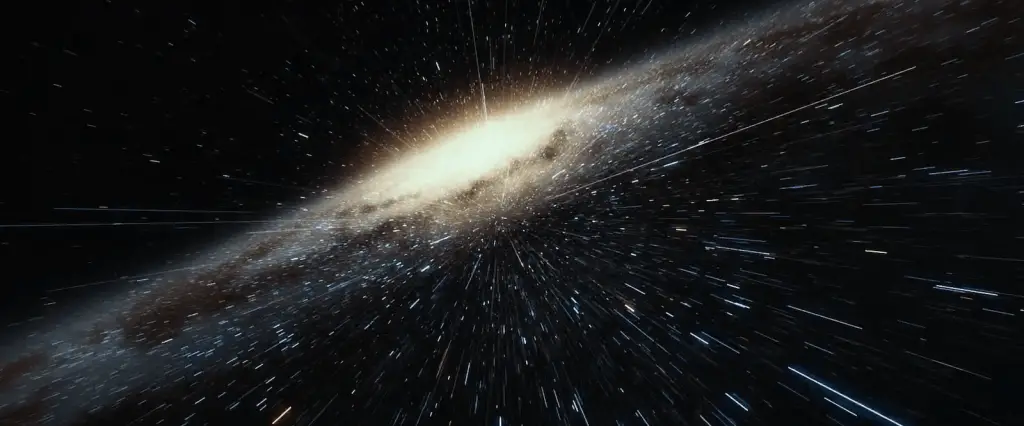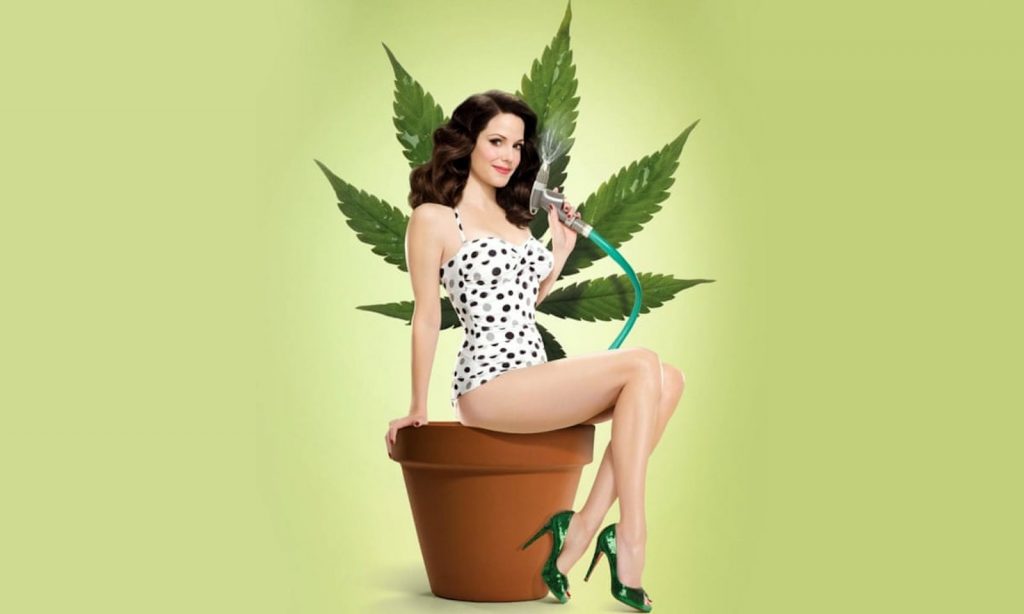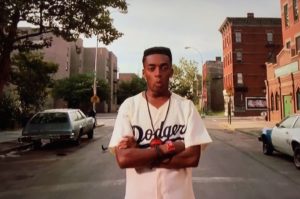
Aside from looking at how well the dominant movie has shaped the portrayal of African-Americans in many genres over the twentieth century. The author examines options, such as the emergence of black independent producers from Los Angeles in the 1980s and 1990s. By drawing on the work of well-known scholars (such as Donald Bogle, Thomas Cripps, Susan Gubar, Ed Guerrero) and the late documentary filmmaker Marlon Riggs), the author tries to show how early ideas about race shaped African-American cinema. And some of which date back to the pro-and anti-slavery movements of the first half of the 19th century. Now, let’s check out what are the pros of watching films about this fantastic theme and which ones are related to it.
The Harlem Renaissance
The Harlem Renaissance, a significant renaissance in African-American art and culture that began in the 1920s, was in full swing. Civil rights organizations like the National Urban League and NAACP were becoming more prominent. Oscar Micheaux, a pioneer in the field of African-American film, was also making a name for himself, and a lot of essay samples are written about that. As the Jackie Robinson of cinema, Micheaux created 45 films throughout his career and was hailed as a pioneering African-American filmmaker.
Micheaux provided tales about Black professors, preachers, and attorneys instead of the stereotypical Hollywood depictions of Black people as slaves, maids, and butlers. However, it is possible to say that people approach carefully when they assume whenever an African-American director makes a picture, it is a reaction to a white director’s previous work. Therefore, professors ask students to review the Black Lives Matter movement essay samples to express their opinion correctly and move away from racism. Just as students write essays, producers make films for many reasons. Artistic fulfillment, self-expression, and educating the Black community about a variety of concerns are some.
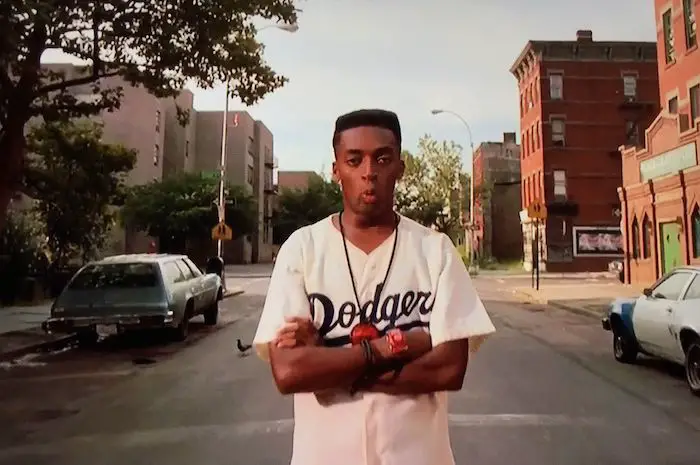
Mandingo (1975)
If you want to work on your movie education, it is easy to compare Mandingo, set on an estate in the antebellum South, to other films that dealt with the same subject matter. This time around, spectators were faced with a completely conceptual inversion of the viewpoint on slavery and the culture that supported it. The radical 1960s, with its social changes and political reexaminations and research, ushered in this shift in understanding. As a result of abandoning the Hays Production code, the picture has a high level of sex and violence. Here, Spike Lee’s personality comes to examination. Do the Right Thing (1989), a seminal film of the Reagan era in the United States, is examined in depth by the author. He aims to appraise the accomplishments of this outstanding director The fact that Lee has created some of the most thought-provoking films to date on the African-American experience doesn’t diminish his significance in contemporary American cinema. Many other black filmmakers have been inspired by his achievement and have gone on to produce outstanding films of their own.
A person’s social life is often an illumination long before they have the chance to put what they’ve learned into action in the real world. Once you’ve mastered it, you’ll be able to use it in new ways. And these things can’t be just found in a library. It might possess a lot of useful information, but not about everything. Now, envision never seeing somebody who looks like you, speaks like you, or behaves like you on movies or television. If you don’t, such characters are cast in lesser, stereotypical roles. For many of you, it will be easy to picture. You may be a woman, or you’re a racial minority, or maybe both. Maybe this may be helpful to the rest of you. It’s been more than 30 years since the release of E.T. the Extraterrestrial (1982). In the 1980s, it was a huge success.
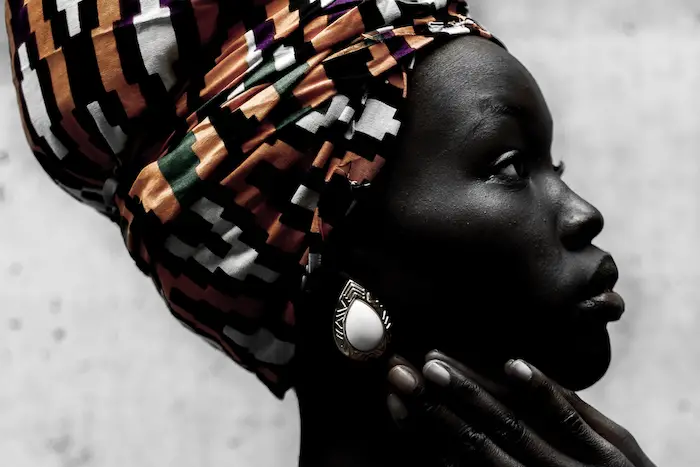
The Use Of Historical Stereotypes In The Media
Movie Ethnic Notions (1987) depicts various common stereotypes of black males that do have their origins in history. Among them are the Tom (Sambo), coon (Brute), pickaninny (Pickaninny), singer (sexualized Jezebel), and the mother character. In Gone with the Wind, Hattie McDaniel portrayed Mammy, a household worker (1939). For her role as Mammy, McDaniel became the first African-American woman to win an Academy Award for Best Supporting Actress. Mammy is a presentation of a stereotypical Blackhouse slave whose entire purpose in life is to make her White master comfortable.
From 1925 through 1953, a famous radio and television program dubbed Amos & Andy portrayed the 2 key Black characters as lethargic, ignorant, uneducated imbeciles. They found themselves in numerous catastrophes owing to their lack of intellect, all to the enjoyment of White viewers. It’s a great lesson for anyone to understand how Afro-Americans were criticized and how bad attitudes people had towards them in the past. It’s a sad but unfortunately true story. Furthermore, to make fun of African Americans, the radio performers posed as white men who purposefully used wrong English, such as the term “unlax,” which means “relax.”
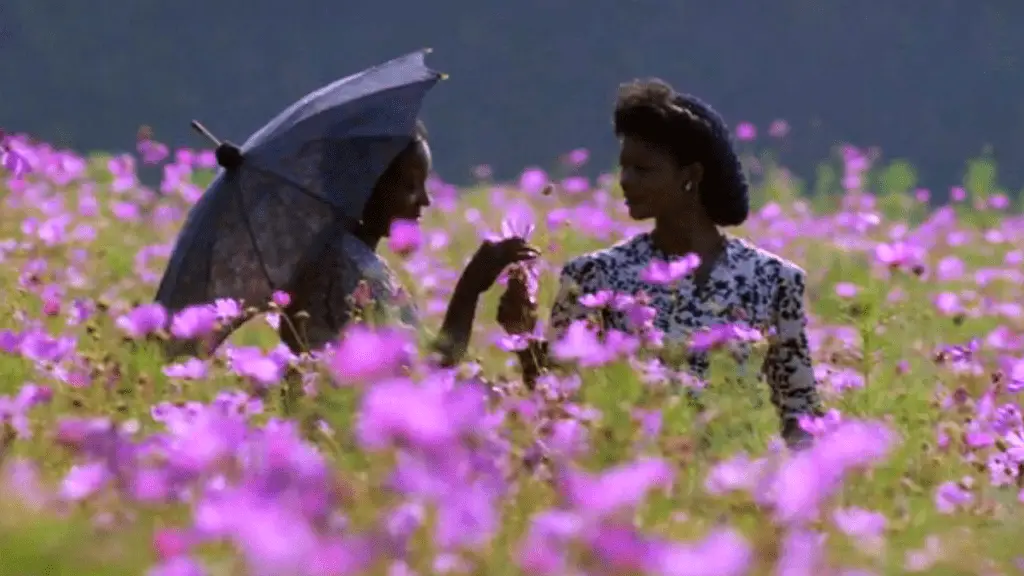
Conclusion
Hopefully, we’ve managed to get closer to you to the peoples’ perspectives towards African-Americans in movies and how they behaved towards them in real life. For someone, it might be wrong or disgusting, while others approve of it for their reasons. Everyone has the right to have a personal opinion but one thing is clear – no one deserves to be misjudged, especially not in the movies!
